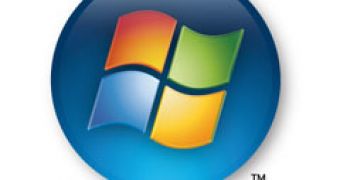At over a year since Windows Vista was released to manufacturing, and since the business launch in November 2006, but still just a few months short of the first 12 months since the operating system hit the shelves, Tim Sneath, Group Manager for Client Platforms, came out clean and admitted that killer applications are a rare breed. And that Windows Vista makes absolutely no exception to this rule. Sneath gave as examples the previous Windows versions, Windows 2000, and Windows XP, both excellent operating systems, neither of them ripping the benefits of a killer application. Just as neither Windows 2000 nor Window XP have enjoyed a catalyst for mainstream adoption, Vista is also missing out on programs that would serve to accellerate its uptake. But at the same time, the latest Windows client comes to the table with Windows Presentation Foundation.
"From a development standpoint, the killer application is less relevant than the killer platform. This needs to strike the right balance between feature richness and ease of use, between power and flexibility, between ease of deployment and performance. Can you build an application that takes full advantage of your machine's hardware? Can you build an application that your customers love to use? Can you create faster, more feature-rich, less buggy software with fewer resources? My intention in writing this series is to try and highlight great applications that take advantage of WPF - the killer platform in Windows Vista", Sneath revealed.
In the video fragment embedded at the bottom of this article, you will be able to see the HP Interactive Canvas in action. And yes, the HP Interactive Canvas is a Windows Presentation Foundation application. According to Sneath, the canvas was built by Obscura Digital. As you can see, the application is nothing more than yet another step on the path to natural user interfaces. Just as Microsoft Surface, the company's first example of surface computing, the canvas also supports multi-touch from multiple users.
"Created in just four weeks, this application takes full advantage of WPF to deliver a massive multi-touch interactive video experience. (...) Obscura claim it is the world's largest multi-touch interactive video display. The application blends a high-resolution display with prototype hardware to bring the alleged Holy Grail of user experience to reality: the Minority Report interface. Much of the work for this application was done by Darren David, a self-proclaimed 'GUI geek' who was also responsible in large part for The North Face's in-store explorer application", Sneath added.

 14 DAY TRIAL //
14 DAY TRIAL //